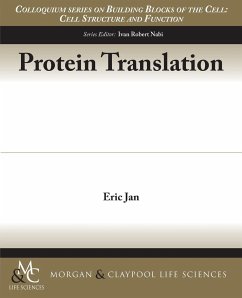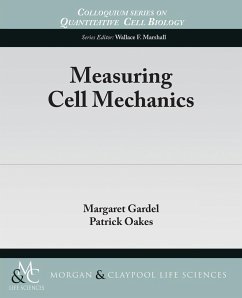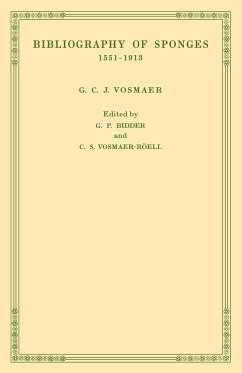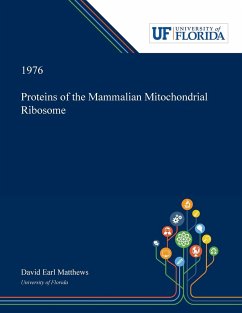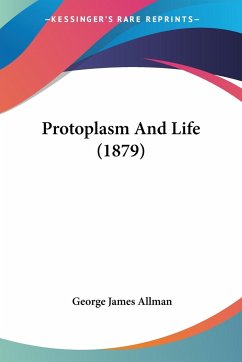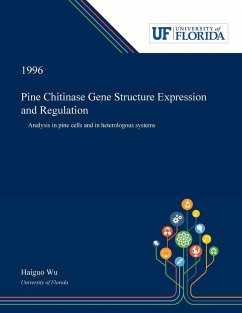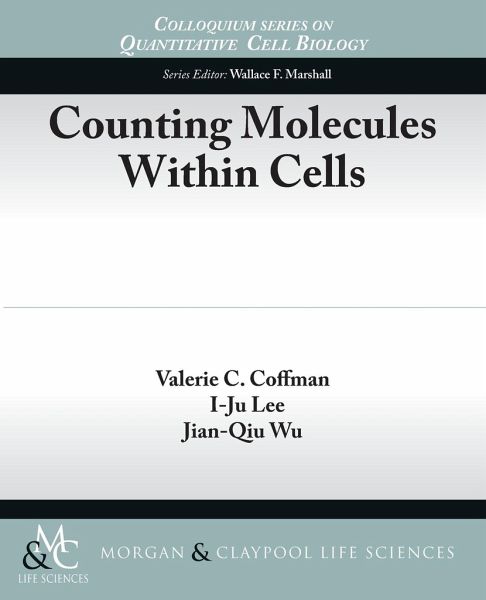
Counting Molecules Within Cells
Versandkostenfrei!
Versandfertig in 1-2 Wochen
61,99 €
inkl. MwSt.

PAYBACK Punkte
31 °P sammeln!
A fundamental component of quantitative cell biology is the ability to count molecules within cells. The numbers of molecules and stoichiometries are the basis for structural models of protein complexes and simulations of biological processes. A variety of methods exist for in vivo quantifications, but the focus of this volume is mainly on fluorescence methods. The two most popular methods are stepwise photobleaching and ratio comparison using a standard curve. With recent advances in genome editing techniques, most model organisms are amenable to inserting coding sequences for fluorescent pro...
A fundamental component of quantitative cell biology is the ability to count molecules within cells. The numbers of molecules and stoichiometries are the basis for structural models of protein complexes and simulations of biological processes. A variety of methods exist for in vivo quantifications, but the focus of this volume is mainly on fluorescence methods. The two most popular methods are stepwise photobleaching and ratio comparison using a standard curve. With recent advances in genome editing techniques, most model organisms are amenable to inserting coding sequences for fluorescent proteins into native genetic loci, making quantification of proteins by fluorescence microscopy one of the most ubiquitous tools available to cell biologists. The acquisition and analysis methods range from simple to complex, and most have been validated by counting with multiple methods and other types of data. Researchers should be aware of sources of error in the acquisition and analysis, but the accuracy of these methods is high. Quantification by fluorescence microscopy has yielded valuable new insights into many aspects of cell biology, highlighting its place among the standard tools for molecular and cell biologists.




